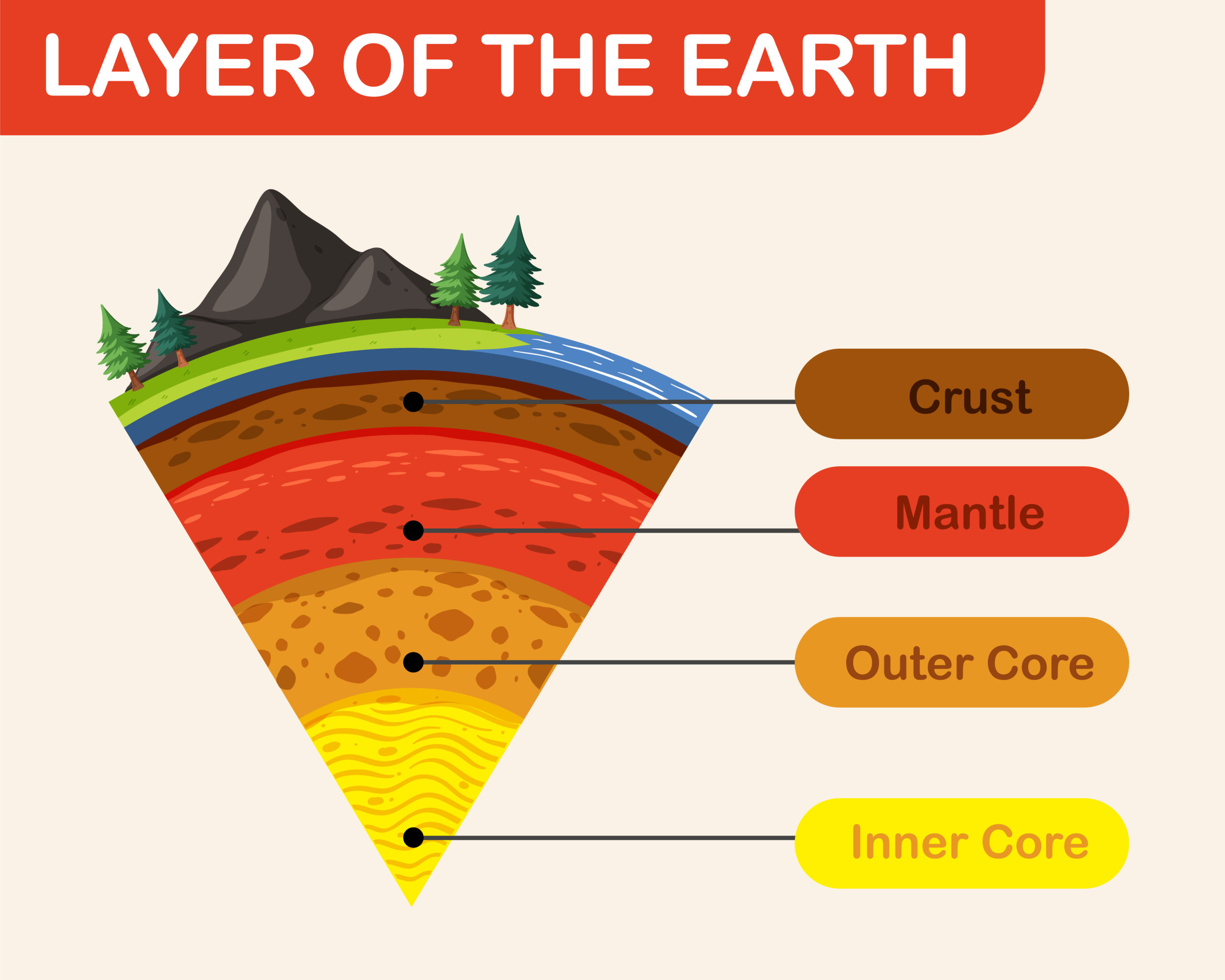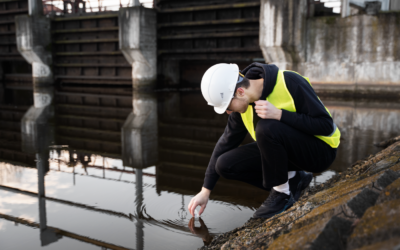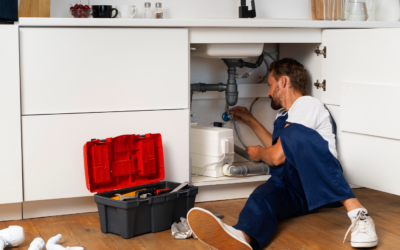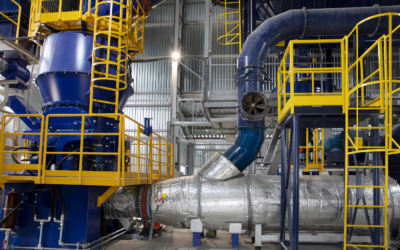Geothermal systems for heating and cooling your home are becoming more popular, and many homeowners are now considering switching to these systems. In this regard, there has been a lot of excitement surrounding the release of a new document on Geothermal GSHP Piping Systems.
The Geothermal GSHP Piping Systems document details the latest technologies and methods for piping Geothermal ground-source heat pump (GSHP) systems. The document is a great source of information for plumbers and HVAC professionals looking to install Geothermal GSHP systems. In this article, we will explore the contents of the document and how it will affect the plumbing industry.
The Importance of Geothermal GSHP Piping Systems
Geothermal GSHP systems operate by transferring heat from the ground to your home, reducing your reliance on traditional heating and cooling systems that rely on energy-intensive HVAC mechanisms. These environmentally friendly systems have become increasingly popular in the last decade, owing to their ability to offer comfortable, affordable, and efficient heating and cooling.
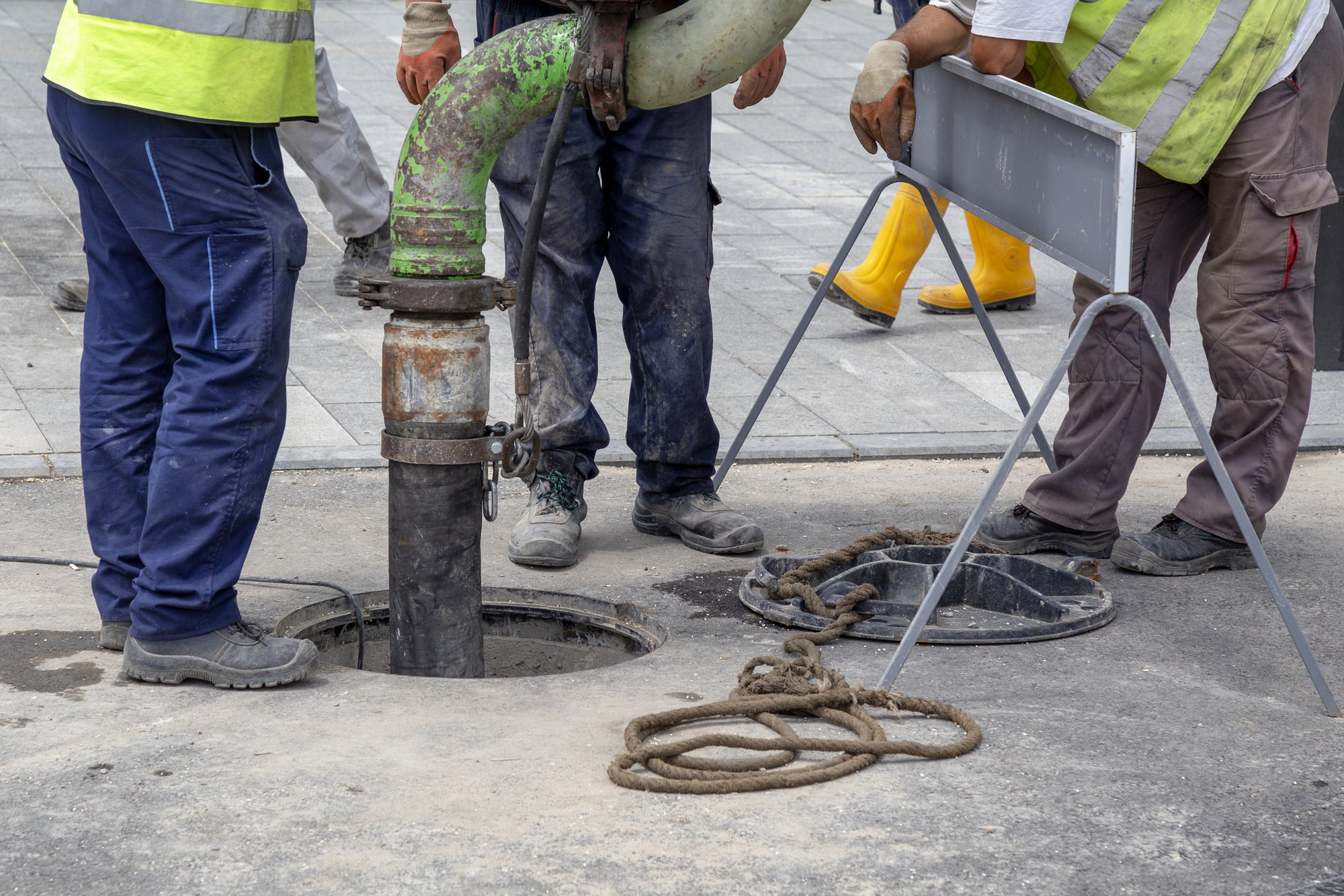
While the benefits of Geothermal GSHP systems are well known, plumbers and HVAC professionals understand that the quality of your piping system will have a significant impact on the efficiency, longevity, and ease of maintenance of your Geothermal system. Hence, the Geothermal GSHP Piping System document is critical as it provides plumbers and HVAC experts with the latest information on how to design, install, and maintain the best possible piping systems for Geothermal systems.
What’s Included in the Geothermal GSHP Piping Systems Document?
The new Geothermal GSHP Piping Systems Document offers a comprehensive overview of the latest technologies and techniques for piping Geothermal systems. Here are some of the key areas highlighted in the document:
1. Proper design and sizing of geothermal piping systems: This section of the document discusses sizing considerations for the piping systems to prevent over or under sizing of the systems.
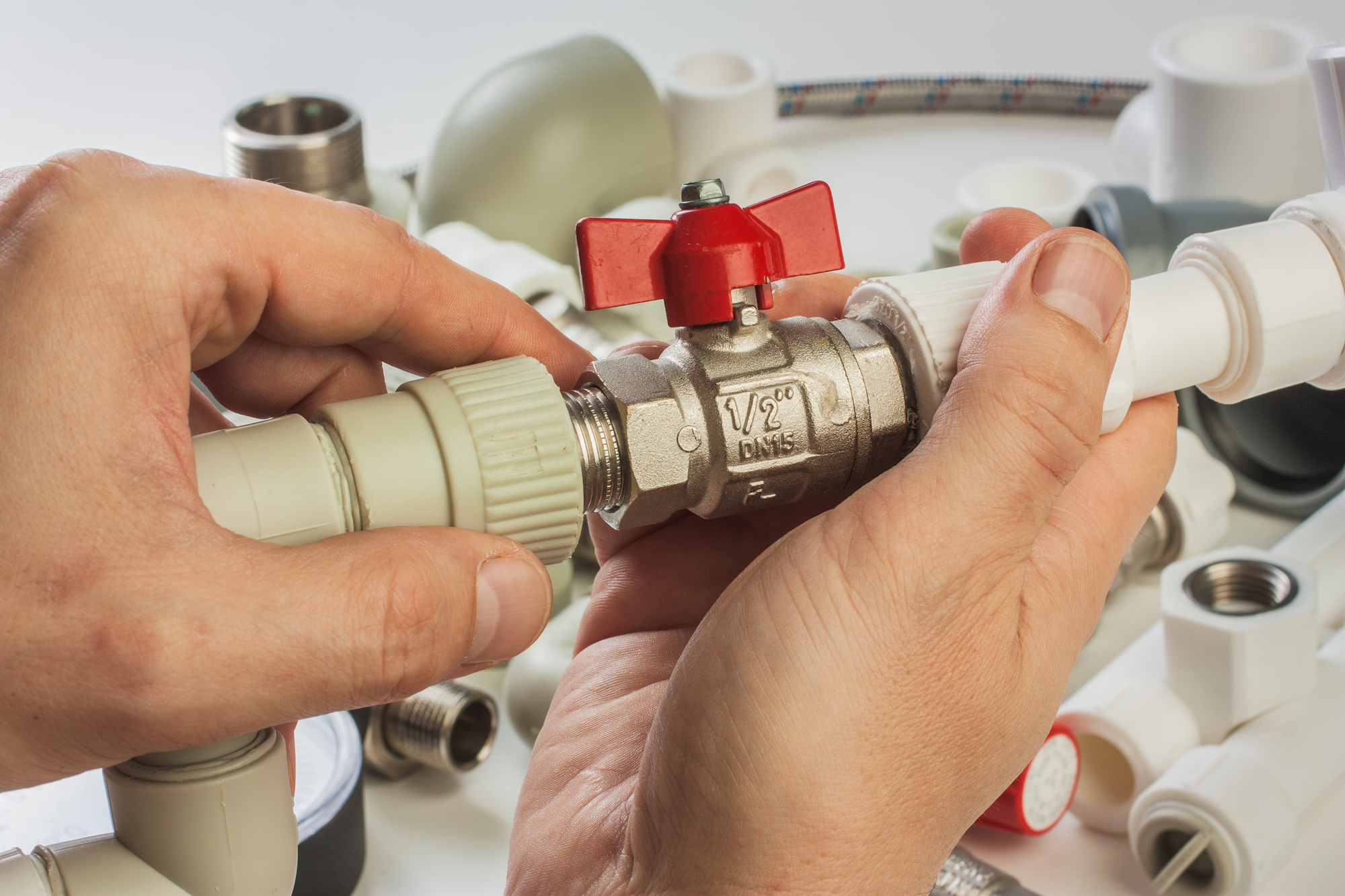
2. Types of Geothermal pipelines: The document provides detailed information on the different types of geothermal pipelines, including directional drilling, trenching, and open-loop systems.
3. Latest Geothermal technologies and materials: The document discusses the latest materials available for Geothermal piping systems and highlights how those materials can improve the efficiency of the system.
4. Maintenance and servicing of Geothermal Piping systems: The document also highlights essential maintenance and servicing processes for Geothermal GSHP systems.
5. Safety considerations: The document outlines all the safety considerations involved in the installation and operation of Geothermal systems, including all the necessary permits and certifications.
What Does This Mean for the Plumbing Industry?
The release of the Geothermal GSHP Piping Systems Document will significantly impact the plumbing industry in several ways. Plumbers and HVAC experts who want to stay competitive in the market need to stay up-to-date with the latest technologies and techniques to provide the best service to their customers. In this regard, this document offers invaluable insights into how plumbers can improve their Geothermal systems installation process.
In addition to that, the document highlights the importance of Geothermal GSHP systems and their growing popularity, which means that plumbers and HVAC experts need to be ready to meet the growing demand for these systems. This is an opportunity for skilled plumbers to stay ahead of the competition and build up their business to meet the rising demand for these systems.
Conclusion
The release of the Geothermal GSHP Piping Systems document ushers a new era for plumbers and HVAC professionals installing and servicing Geothermal systems. This document is a great resource that provides plumbers with the latest technological advancements and installation best practices of Geothermal systems. As the demand for Geothermal GSHP systems continues to grow, it is essential for plumbers and HVAC experts to be familiar with the latest piping and installation techniques to provide outstanding services. By staying up-to-date with the latest developments, plumbers and HVAC experts can provide their customers with the best service possible while remaining competitive in the market.

